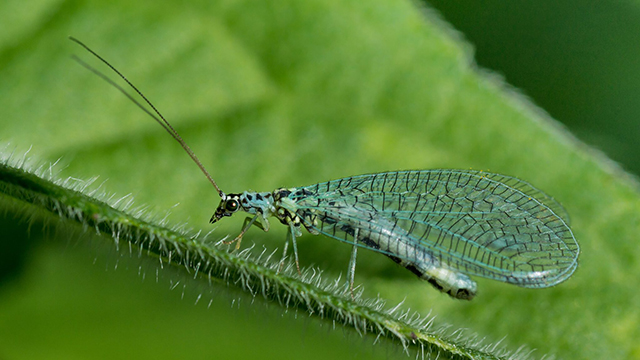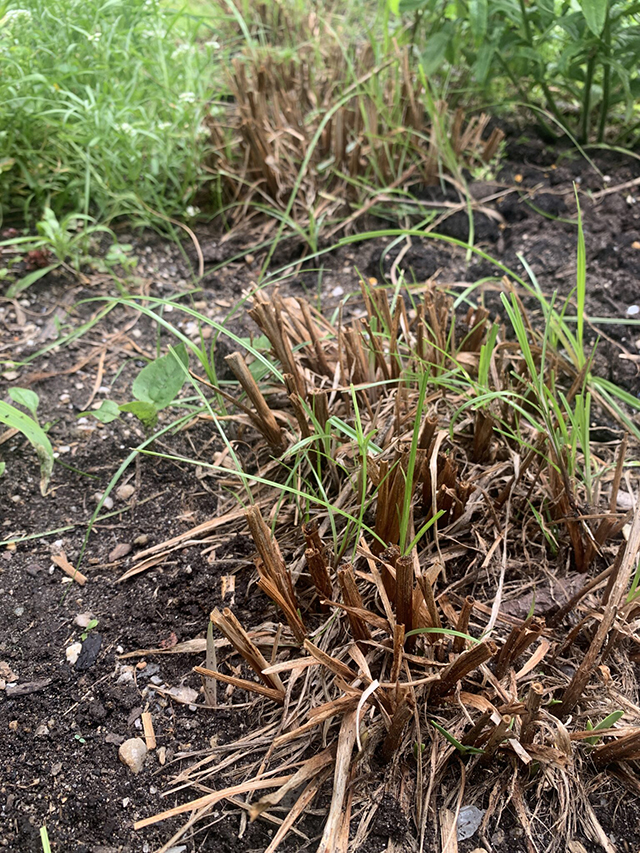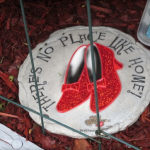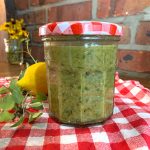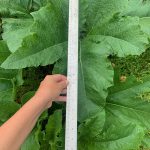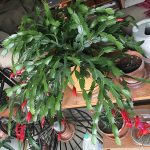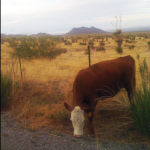The Aphid Apocalypse
At the beginning of the garden season, I noticed more aphids and white fly larvae than normal but didn’t think much of it. Three weeks later my Stella Doro daylilies were decimated. I was so angry with myself, I should know better. I had to cut the plants completely back. I thought perhaps the greenery would at least regrow but it did not. The life of a gardener…
Garden friends in the neighborhood were also expressing their frustration over the pests. It’s been so bad, even the NY Post is writing about how New Yorkers are bugged out over the bugs.
So why has this happened? Freezing temperatures destroy overwintered eggs. It’s a natural occurrence to keep ecosystems in balance. A rainy spring creates the perfect aphid nursery as they thrive in moist conditions. Therefore, the combination of a mild winter and damp spring this past year electrified the ideal breeding ground for the massive aphid outbreak.
What can we do this season to manage the problem:
- “Powerwash” your plants. A strong, hard burst of water directly on the infected plants will clear away some pests.
- Neem oil – a naturally occurring pesticide found in seeds from the neem tree works very well. Follow the directions for this product. You can buy bottles with a hose connector to combat large areas. Note: Neem oil can irritate your skin and eyes, use it carefully.
- 3 parts water, 1 part dish soap, and a splash of rubbing alcohol in a spray bottle is a magic home remedy. All of these ingredients you already have under the kitchen sink. This is my quick, go-to method for indoor and outdoor plant pest problems.
- Dispose of infected garden debris: This is so very important. All leaves, flowers, roots, and other organic matter infected by aphids, white flies, spider mites, etc. must be disposed of in the garbage. Do not include this material in your compost piles or NYC organic brown bins. The eggs will overwinter and you’ll perpetuate the problem next season.
- Ladybugs and/or Lacewing larvae Buy both online. Ladybugs are often found at your local garden center too.
I’d like to elaborate on the last remedy. Ladybugs are well-known among gardeners as a natural pest control solution. Ladybugs naturally found the aphids in my front garden this season. It was pretty neat to see the different stages of their development evolve. But ladybugs have an agenda and once they reach adulthood, they migrate to breed. And so, while they are effective aphid eaters, they’re not infallible.
I learned of the Lacewing larva from the NY Post article (I know, I know). I continued reading online about this little fly and discovered Lacewings are the best predator known to consume massive quantities of garden pests including aphids, mealy bugs, spider mites, leafhopper nymphs, scales, thrips, and white flies. These little bugs attack its prey by injecting a paralyzing venom that draws out the body fluids of their powerless victims. They feed from 1-3 weeks during their own larvae stage. Do not release them in the heat of mid-day. You may need to follow up with a second batch of Lacewing larvae if the aphid situation persists. But two “doses” will do the trick.
Good luck throughout the rest of the season! And remember, these challenges help us learn and grow into better keepers of our gardens!
Follow me in the garden on for more on Instagram: @theglorifiedtomato.
